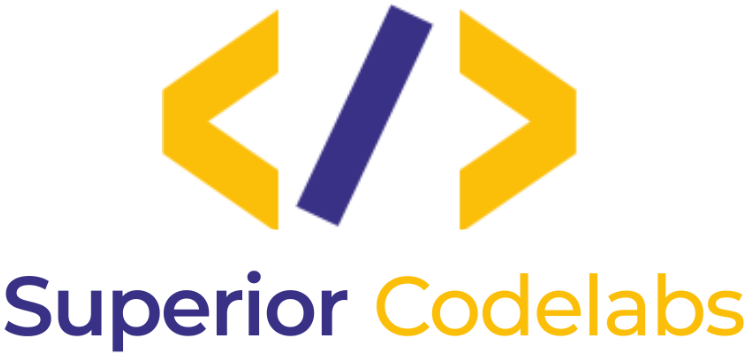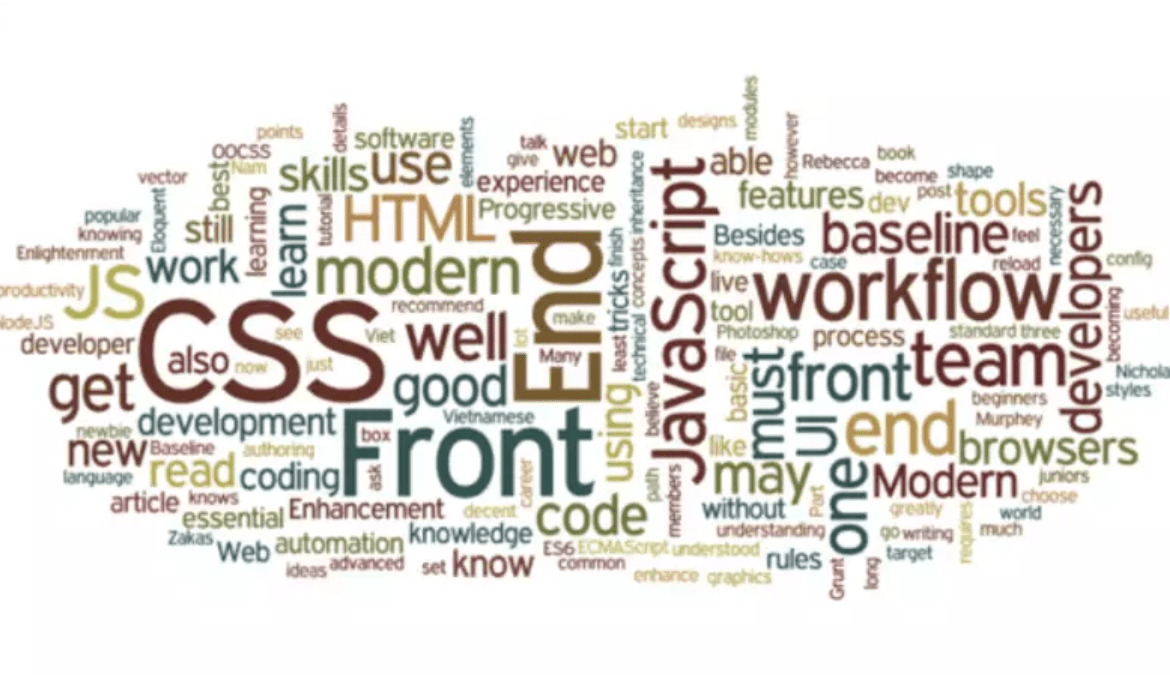Introduction
In the ever-evolving realm of web development, front-end programming languages serve as the artistic brushstrokes that bring websites to life. For beginners setting foot into this dynamic field, choosing the right language can be a crucial first step. Today, we’ll explore the top front-end languages that provide an ideal starting point for aspiring developers.
HTML (Hyper Text Markup Language): The Foundation
When it comes to web development, HTML is the bedrock. It stands as the fundamental markup language, defining the structure and content of web pages. Beginners will find HTML easy to grasp, as it employs a simple tag-based syntax. Understanding HTML is akin to mastering the canvas on which all web content is painted.
CSS (Cascading Style Sheets): Adding Style and Elegance
CSS complements HTML by adding style and design to web pages. Aspiring developers can manipulate the layout, colors, and fonts with CSS, enhancing the visual appeal of their creations. Its syntax is intuitive, making it a great second language for beginners looking to elevate their web design skills.
JavaScript: Unleashing Interactivity
JavaScript is the dynamic force that introduces interactivity and responsiveness to websites. As a versatile scripting language, it enables developers to create dynamic content, handle user input, and build interactive user interfaces. Learning JavaScript opens the door to a world of possibilities, making it an essential language for front-end development.
TypeScript: The Strongly Typed Upgrade
For those seeking a more structured approach to JavaScript, TypeScript is an excellent choice. It adds static typing to the language, reducing the likelihood of runtime errors and enhancing code quality. TypeScript is especially beneficial for larger projects, providing a robust foundation while maintaining compatibility with existing JavaScript code.
React: Building User Interfaces Efficiently
React, developed by Facebook, has become a cornerstone for building efficient and modular user interfaces. It utilizes a component-based architecture, allowing developers to create reusable pieces of code. With a growing community and widespread adoption, React is an excellent choice for those looking to delve deeper into front-end development.
Vue.js: Approachable and Versatile
Vue.js is renowned for its simplicity and approachability. As a progressive JavaScript framework, it seamlessly integrates with existing projects, making it an excellent choice for beginners. Vue’s clear documentation and gentle learning curve make it an attractive option for those looking to build robust and interactive web applications.
Conclusion
Embarking on the journey of front-end development can be both exciting and challenging. Choosing the right languages sets the stage for a fulfilling and successful career. Whether you’re establishing the structure with HTML, styling with CSS, adding interactivity with JavaScript, or exploring frameworks like React and Vue.js, each language contributes to the rich tapestry of web development. As you navigate this coding landscape, remember that continuous learning and hands-on practice are the keys to mastering these essential front-end languages.
Q1. What is front-end development, and how does it differ from back-end development?
Front-end development refers to the creation and implementation of the visual elements of a website or web application that users interact with. This includes the design, layout, and user interface. In contrast, back-end development involves server-side operations, database management, and application logic that users don’t directly interact with.
Q2. Which programming languages are essential for front-end development?
The primary languages for front-end development are HTML, CSS, and JavaScript. HTML provides the structure, CSS adds styling, and JavaScript brings interactivity to web pages. Additionally, frameworks and libraries like React, Vue.js, and Angular, often built using TypeScript, are popular choices for building dynamic and scalable front-end applications.
Q3. What is the significance of responsive web design in front-end development?
Responsive web design ensures that websites and applications adapt to different screen sizes and devices. This approach is crucial as users access content on various devices, including smartphones, tablets, and desktops. Front-end developers use techniques like media queries and flexible grid layouts to create a seamless and user-friendly experience across different platforms.
Q4. How can I stay updated on the latest trends and technologies in front-end development?
Keeping up with the rapidly evolving field of front-end development is essential. Follow reputable blogs, websites, and forums such as MDN Web Docs, CSS-Tricks, and Stack Overflow. Engage with the developer community on social media platforms like Twitter and attend conferences, webinars, or local meetups. Continuous learning through online courses and tutorials is also a great way to stay informed about the latest trends and best practices.
Q5. What are the key considerations for optimizing front-end performance?
Front-end performance optimization is critical for providing a smooth and efficient user experience. Some key considerations include minimizing and compressing files, leveraging browser caching, optimizing images, and adopting asynchronous loading for scripts. Implementing lazy loading for images and deferring the loading of non-essential scripts are additional strategies to enhance page load times and overall performance.
For more information, visit Superior Codelabs.
Shaikh Fakruddin is the Founder and CEO of Superior Codelabs.





